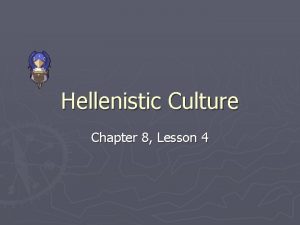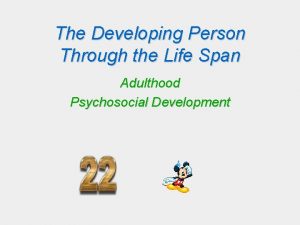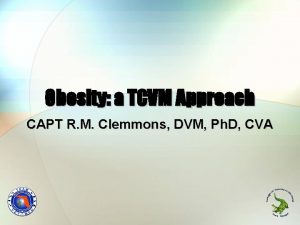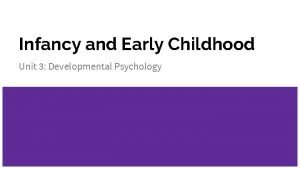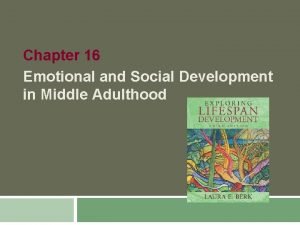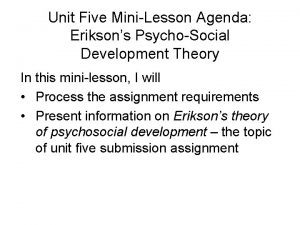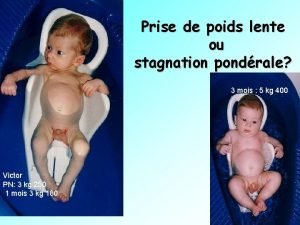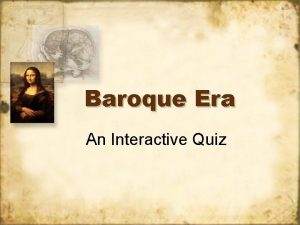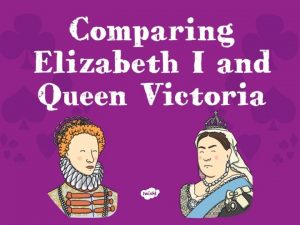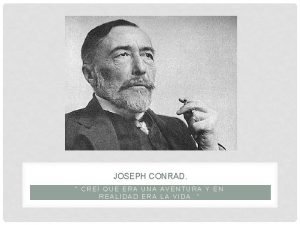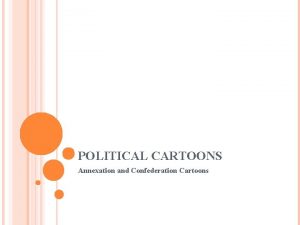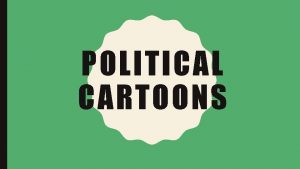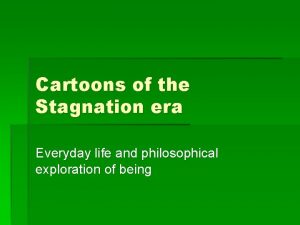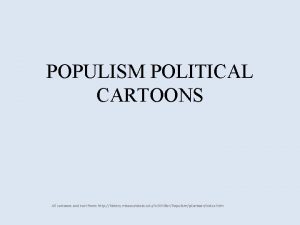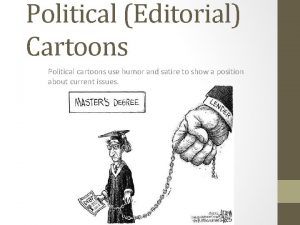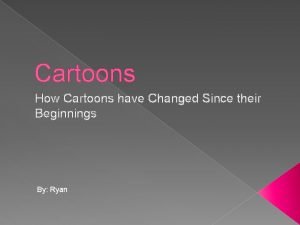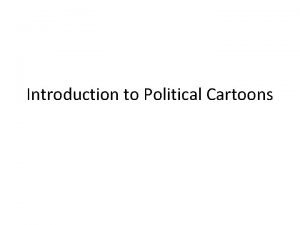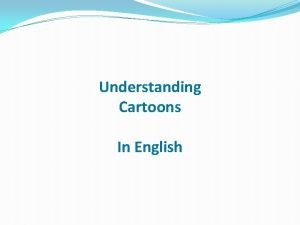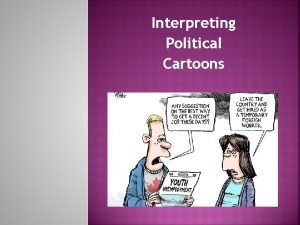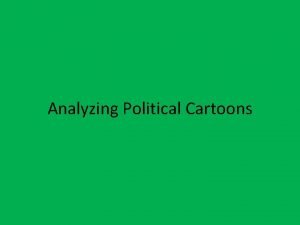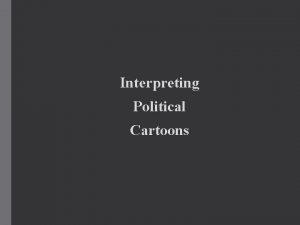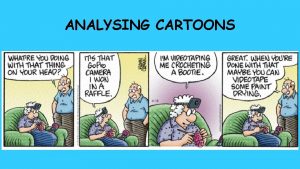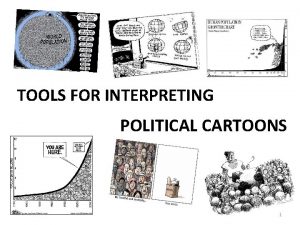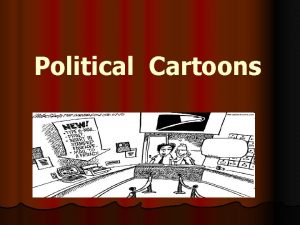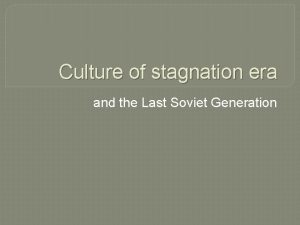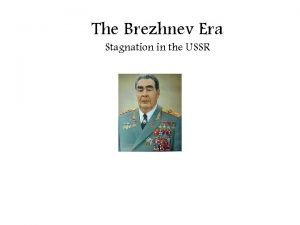More comedies and cartoons of the Stagnation era



























- Slides: 27

More comedies and cartoons of the Stagnation era Everyday life and philosophical exploration of being

Eldar Ryazanov (b. 1927) § Numerous hit comedies, including Irony of Fate, shown every New Year’s Eve since 1975 § Comedy of characters § Irony § Poetry and songs in films § Social criticism § Humanistic values

Office Romance (1977) by E. Ryazanov A sad (despite the happy ending) and detailed comment on many aspects of life during the Stagnation (dull senseless work, hypocrisy, lies, overloaded women, ugly daily life, lineups, monotony, hopelessness).

Georgy Danelia (b. 1930) § § § Among his most popular films: I Walk Through Moscow (1963) Afonia (1975) Mimino (1977) Autumn Marathon (1979) Kin-dza (1986)

Mimino (1977) § Georgian, Armenian and Russian characters: Soviet Union at its best § A man in search for himself § Mild irony, comedy of characters and situation; verbal comedy § Human values tested and asserted (friendship, love for one’s birthplace and family, one’s vocation, etc. )

Autumn Marathon (1979) § Sad comedy, tragicomedy § Pathetic, indecisive (though endearing) character caught between two women § Complex irony § Subtle social criticism: day by day, nothing changes § The central problem unresolved – a metaphor for the Stagnation

Questions § What type of comedy is this? (slapstick/verbal; absurd; dark; farcical; situational/character; screwball; romantic) § How would you characterize this comedy? § What is Russian about it? Is it different from the comedies you know? § Do you sense any irony? § What is comic about it, where is the humour? § What comic devices are used? (hyperbole; misunderstanding; qui pro quo; culture clash; etc. )

Cartoons § Escapism: making films for children was a “less serious” matter, thus less censorship. Risky themes, Aesopian language. § Artistic experiments: exploration of different techniques and styles – clay and plastic dolls, drawings, paper-cut figures, etc.

Just You Wait (1969 -2006) by Viacheslav Kotionochkin

Cheburashka (1971) by Roman Kachanov and Leonid Shvartsman

Mystery of the Third Planet (1981) by Roman Kachanov

Plasticine Crow (1981) by Aleksandr Tatarski

Hedgehog in the Fog (1975) by Yuri Norstein

Yuri Norstein b. 1941

Hedgehog in the Fog trivia: § The muzzle (profile) might be a portrait of a writer Liudmila Petrushevskaia § Fan sites, popular punch lines (“Freak!”) § A stamp (1988) and a monument (Kiev, 2009)

Norstein and Petrushevskaia (the “prototype” of the Hedgehog)

Hedgehog in the Fog

Hedgehog in the Fog § In 2003, based on a survey of 140 cinema critics and animators worldwide, proclaimed the best film in history of animation. Norstein is given the highest Japanese order for his influence on world and Japanese animation. § Original “blurring” technique conveying the philosophical content. § Based on a story by Sergei Kozlov

Hedgehog in the Fog § Existentialist experience: as one faces the unknown, all senses sharpen. § The voice of a loved one leads through the danger. § Exploration of the unknown (its duality). § Getting out of touch with familiar reality § Relativity of reality: morphing, shifting, unstable forms of objects. § No objective point of view. § The notion of beauty (white horse)

Existential loneliness; the metaphor of life as a path

Threats and dangers

Familiar objects turn strange

Small hedgehog, big world

Exploring the unknown

A white horse: the elusive beauty

Hedgehog in the Fog § Going with the flow, accepting one’s predestination § Isolation of an individual § Internal dialogue § Self-exploration (“Who are you? ”) § Unseen Someone – divine interference? § Life-changing experience: leaves H. shattered.

The bear cub is looking at the hedgehog, the hedgehog is looking inside himself:
 Lirik lagu more more more we praise you
Lirik lagu more more more we praise you More more more i want more more more more we praise you
More more more i want more more more more we praise you Lesson 4 hellenistic culture
Lesson 4 hellenistic culture Shakespeare's comedies tend to end with a
Shakespeare's comedies tend to end with a Generativity vs stagnation
Generativity vs stagnation Blood stagnation treatment
Blood stagnation treatment Bernoulli equation mass flow rate
Bernoulli equation mass flow rate Psychosexual fixation
Psychosexual fixation Trust vs. mistrust examples
Trust vs. mistrust examples Autonomy versus shame
Autonomy versus shame Generativity versus stagnation.
Generativity versus stagnation. Maladaptation of initiative vs guilt
Maladaptation of initiative vs guilt Courbe de croissance fille 0-2 ans
Courbe de croissance fille 0-2 ans Era quiz: the baroque era
Era quiz: the baroque era Elizabethan and victorian era
Elizabethan and victorian era Creí que era una aventura y en realidad era la vida
Creí que era una aventura y en realidad era la vida Era uma estrela tão alta era uma estrela tão fria
Era uma estrela tão alta era uma estrela tão fria Human history becomes more and more a race
Human history becomes more and more a race Dust bowl migration map
Dust bowl migration map Russian revolution cartoons
Russian revolution cartoons The more you take the more you leave behind
The more you take the more you leave behind The more you study the more you learn
The more you study the more you learn Aspire not to
Aspire not to Examples of newton's first law
Examples of newton's first law Knowing more remembering more
Knowing more remembering more The more i give to thee the more i have
The more i give to thee the more i have More choices more chances
More choices more chances Hình ảnh bộ gõ cơ thể búng tay
Hình ảnh bộ gõ cơ thể búng tay


